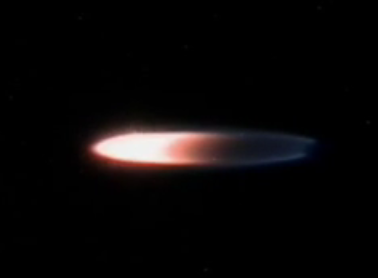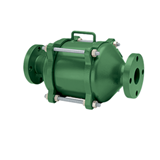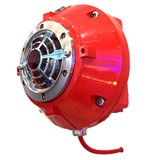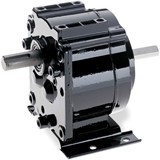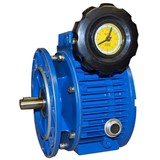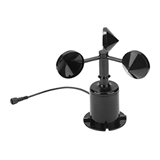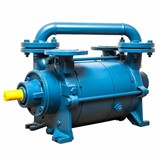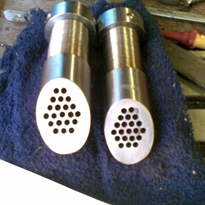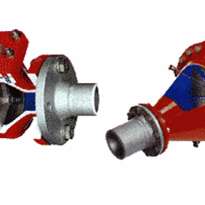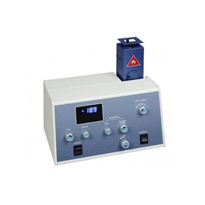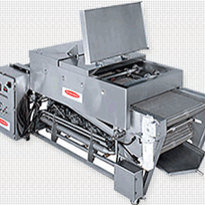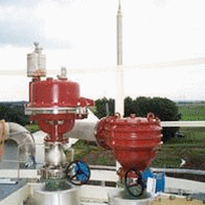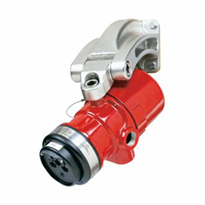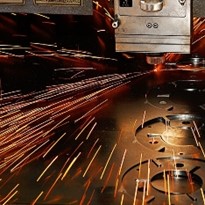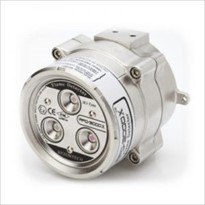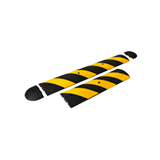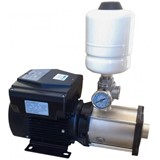The first point I would like to raise is little known.....
Wood does not burn.
What happens is that the wood is heated to a point when it produces gas, the gas then burns.
We have all seen the branch or twig with a hole in the centre sticking out of the main combustion zone.
The gas is released into the hollow centre and due to the easy way out, it escapes at a great speed.
What is produced is a small flame that is burning well away from the end of the branch.
In a burner, this is called "lift off" or, when caused by air rate, "blow off" and is undesirable.
What is happening is that the speed of the gas is faster than the "flame speed".
Each fuel/air mixture has its own speed.
(Many are similar in speed, but Hydrogen is almost ten times faster than "the rest".)
When the speed of the flow is greater than the speed at which it can burn, the flame will be forced away from the source of the fuel. As the fuel air mix meets the resistance of the atmosphere, it slows, swirls and recirculates within itself. At this point the flame can match the speed of the mix. This causes the flame to exist some distance from the source.
In the opposite scenario, the mix burns quicker than it is being released from the source.
The flame will get right back to the release point, and if the fuel outlet is large enough, will actually climb back into the outlet of the source and cause backburning or backfiring. This is also undesirable.
Many fuel outlets are designed to be individually small enough to prevent this. This is termed to be a "flame limiting orifice" as it is physically too small to allow combustion to happen within it.
This whole topic explains why the jet sizing is so crucial. The amount of heat required by the intended purpose is determined by the job. The flame speed of the fuel is a fixed thing. The basic way that the retention of the flame can be set, is by determining the jet size and number required to flow the required fuel.
It is not however, just this simple. Air envelopes, turbulence and vortex creating mechanical devices also play a role in specific applications.


